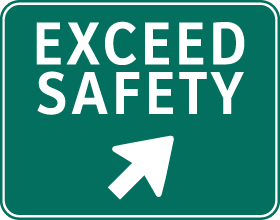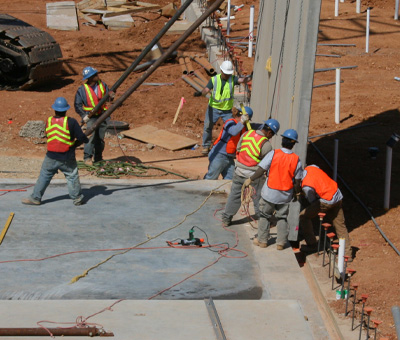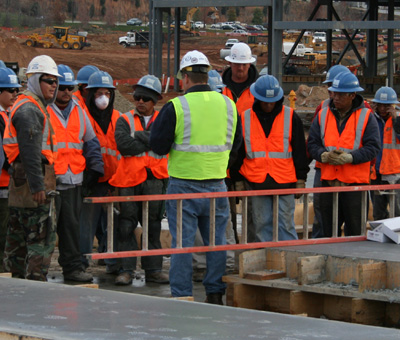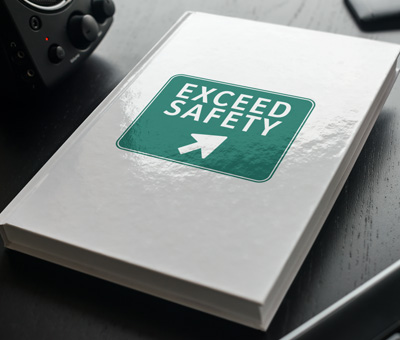The first step in improving workplace safety is target hardening—strengthening physical and procedural security measures to make environments less vulnerable to threats. But security systems and policies are only part of the equation. A truly secure workplace requires a culture of safety, where employees are not only aware of potential risks but also prepared to respond effectively.
This follow-up to our discussion on target hardening focuses on the human side of workplace safety: how situational awareness and practical training empower employees and build resilience against workplace violence.
The Role of Situational Awareness in Workplace Safety
Situational awareness is the foundation of a culture of safety. It’s about staying alert, understanding your surroundings, and recognizing potential threats. Employees trained in situational awareness are more likely to spot unusual behavior or risks early, allowing them to act before incidents escalate.
Key elements of situational awareness include:
- Understanding the Environment: Employees should know their workplace layout, including exits, safe spaces, and areas to avoid during emergencies.
- Recognizing Risks: Encourage workers to trust their instincts and report suspicious activity, even if it seems minor.
- Avoiding Distractions: Discourage habits like walking through parking lots with earbuds in or being glued to a phone when alone. Small changes in behavior can significantly improve safety.
By promoting situational awareness, businesses empower their employees to play an active role in maintaining workplace security.
Why Training is Essential for Preparedness
While awareness is critical, training is what enables employees to respond effectively in high-pressure situations. Without proper preparation, even the most vigilant individuals may freeze or panic when faced with danger.
The Run-Hide-Fight model is one of the most effective frameworks for active shooter preparedness:
- Run: Employees should evacuate the premises quickly and safely, identifying multiple escape routes in advance.
- Hide: When escape isn’t possible, employees must find cover and concealment, barricade doors, and silence devices to avoid detection.
- Fight: As a last resort, employees should be prepared to incapacitate an attacker using aggressive tactics and improvised weapons.
Training should go beyond active shooter scenarios to include:
- De-escalation Techniques: Teach employees how to defuse tense situations before they escalate into violence.
- Self-Defense Skills: Offer workshops on physical techniques for personal protection.
- Emergency Drills: Conduct regular practice sessions for scenarios like fires, medical emergencies, or evacuations. Repetition builds confidence and ensures employees know exactly what to do.
When training is consistent and hands-on, it transforms theory into action. Employees become more confident, capable, and prepared to protect themselves and their colleagues.
Leadership Drives the Culture of Safety
Building a safety-first workplace starts with leadership. Leaders set the tone for how seriously safety is taken and ensure that policies and training are prioritized.
Effective leadership in safety involves:
- Allocating Resources: Invest in regular training, equipment, and safety initiatives.
- Modeling Good Practices: Leaders should demonstrate situational awareness and preparedness in their own behavior.
- Encouraging Communication: Create an environment where employees feel comfortable reporting concerns without fear of retaliation.
- Recognizing Contributions: Acknowledge and reward employees who take proactive steps to enhance safety, reinforcing the importance of their role in the organization’s security.
When employees see leadership committed to safety, they are more likely to adopt the same mindset.
Lessons from Real-World Examples
A mid-sized manufacturing company in North Carolina implemented a comprehensive situational awareness training program after a series of near-miss incidents involving unauthorized visitors. Employees were trained to identify and report unusual behavior, participate in active shooter drills, and use de-escalation techniques.
Within a year, the company reported a significant decline in workplace disruptions. Employees not only felt more secure but also expressed higher confidence in their ability to handle emergencies. This success shows that awareness and preparedness are powerful tools in creating a safer workplace.
Partnering with Experts for Comprehensive Training
Developing a culture of safety requires expertise, especially when addressing complex risks like workplace violence or active shooter scenarios. That’s where workplace safety consultants can make a difference.
Exceed Safety specializes in customized training programs tailored to the unique needs of businesses. Services include:
- Situational awareness workshops to help employees identify risks and stay alert.
- Run-Hide-Fight training to prepare staff for active shooter emergencies.
- Emergency response drills and planning to ensure readiness for a variety of scenarios.
Working with experts ensures that your workplace safety initiatives are effective, scalable, and aligned with your organization’s goals.
The Human Side of Target Hardening
Target hardening isn’t just about physical barriers or high-tech security systems—it’s about empowering people. A culture of safety relies on employees who are aware, prepared, and supported by leadership. By integrating situational awareness and training into your workplace, you’re not just reducing risks—you’re creating a more resilient organization.
The foundation of any strong safety culture is education. Training programs, regular drills, and open communication are the tools that turn policies into actions. Contact Exceed Safety to learn how we can help you build a safer, more confident workforce.








